Refund Guaranteed
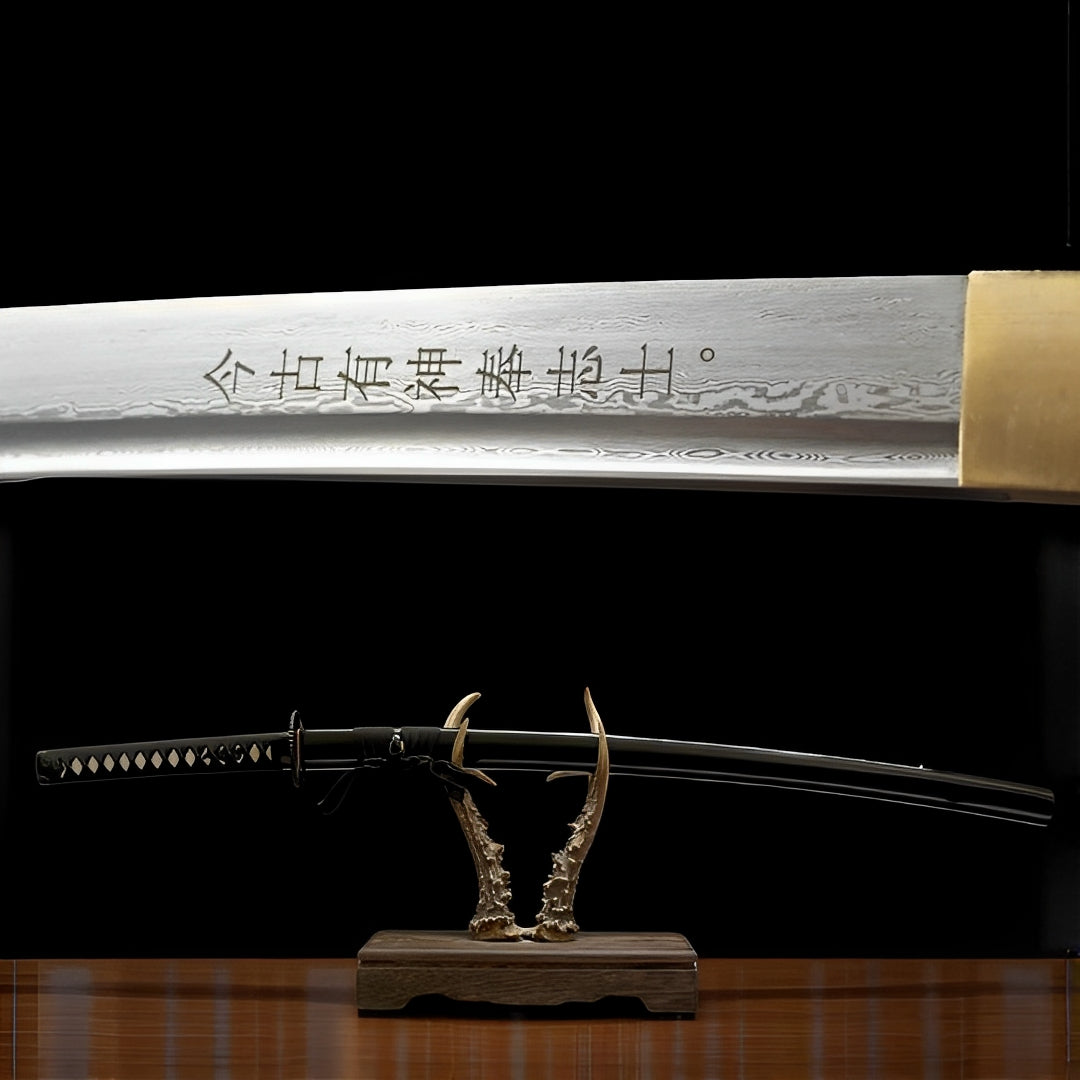
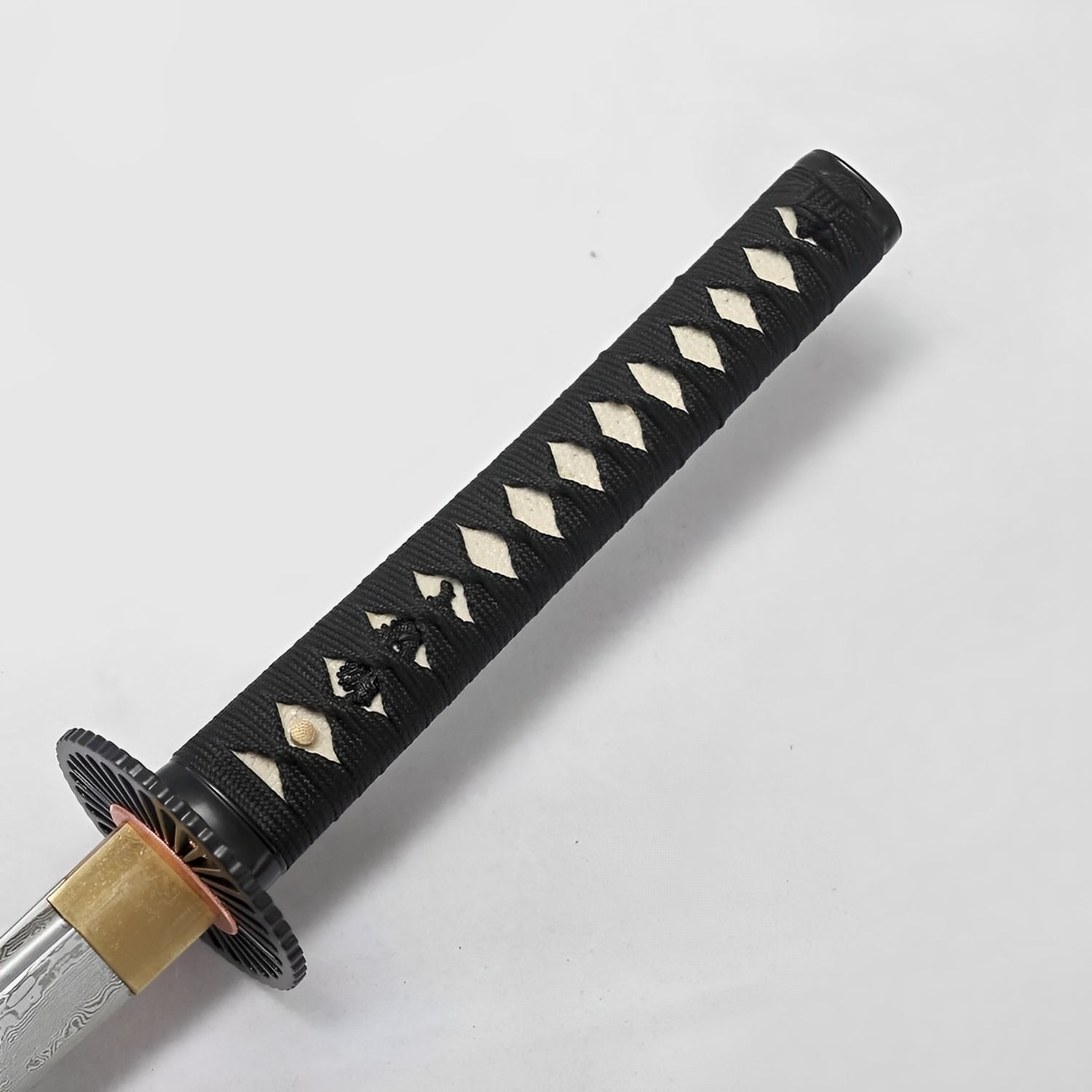
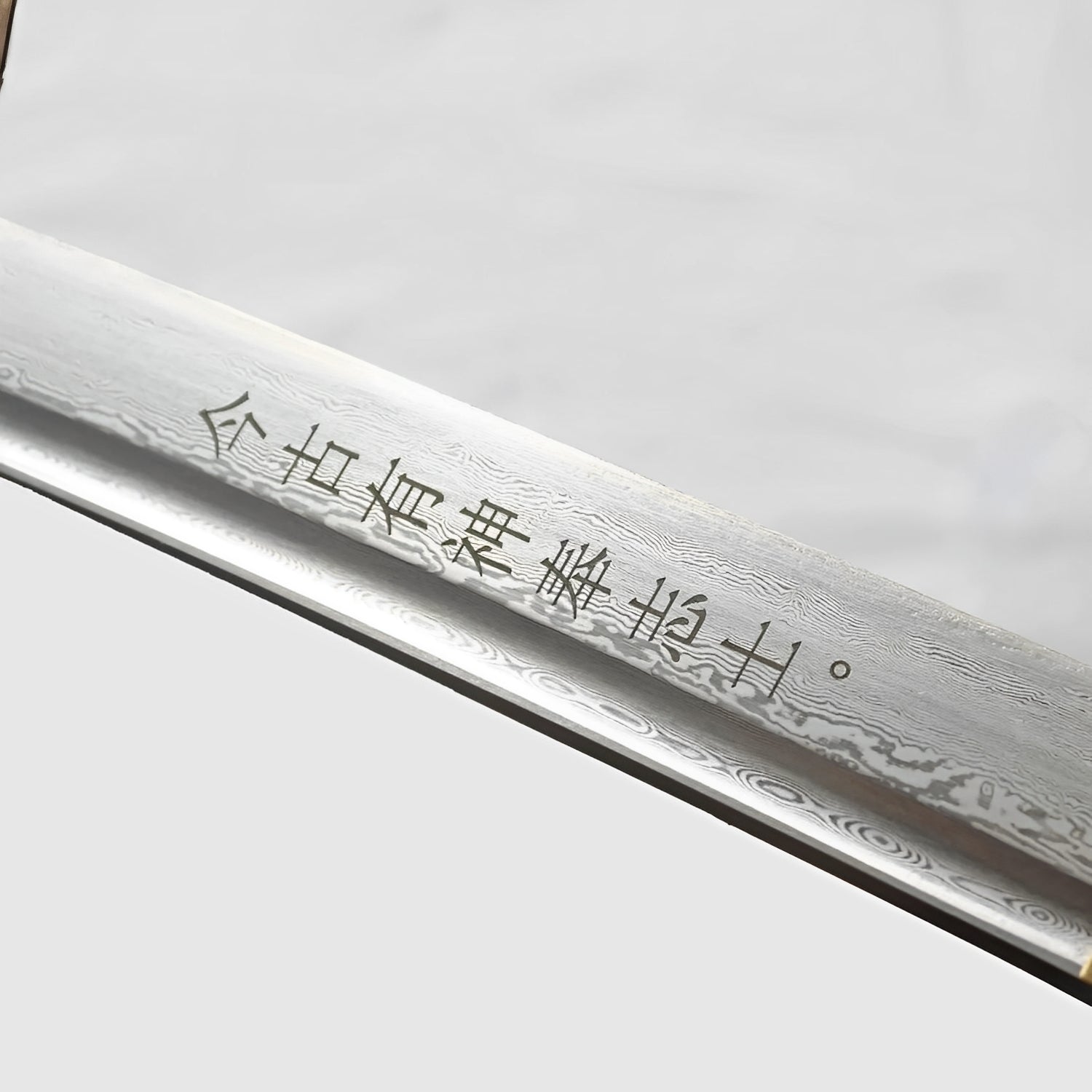
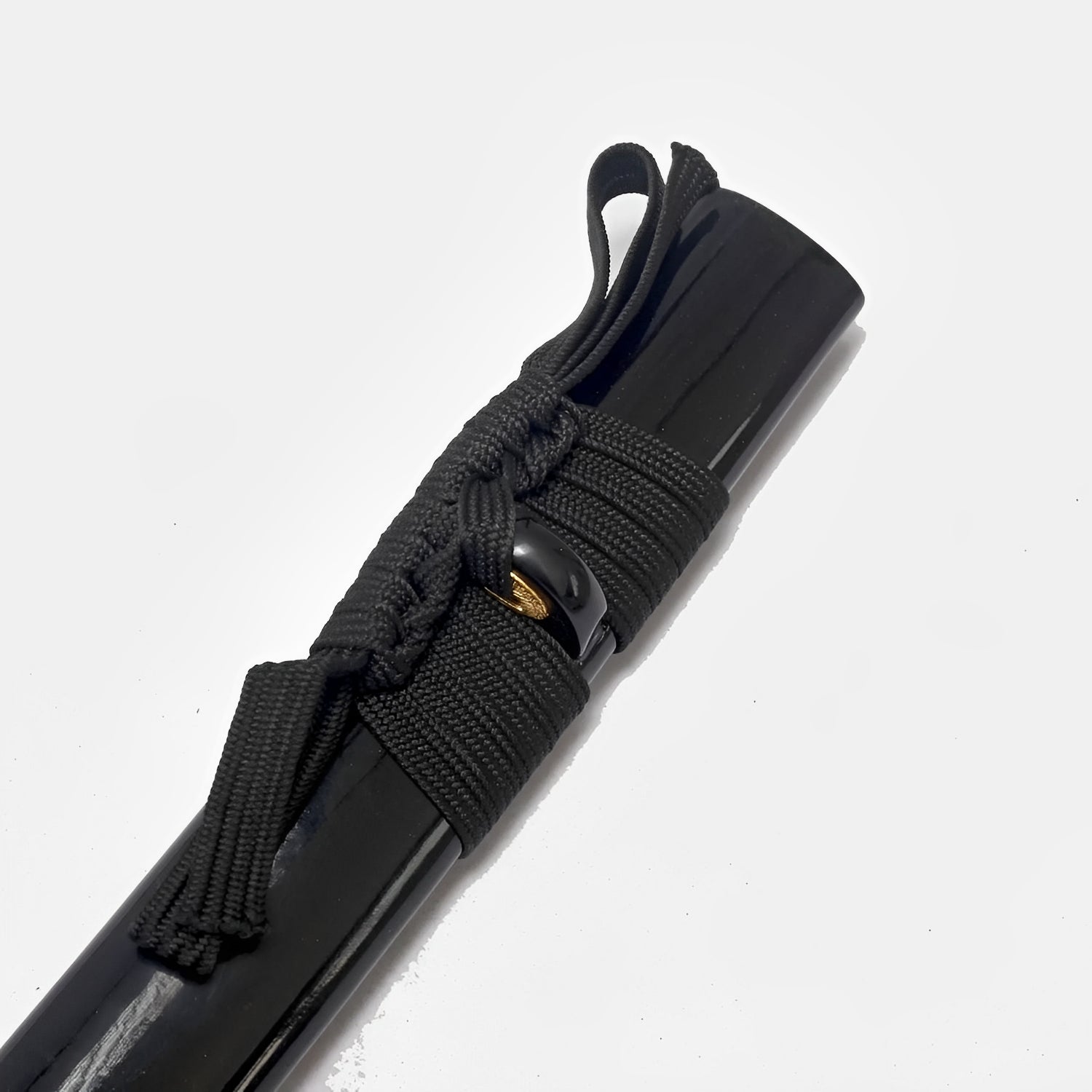
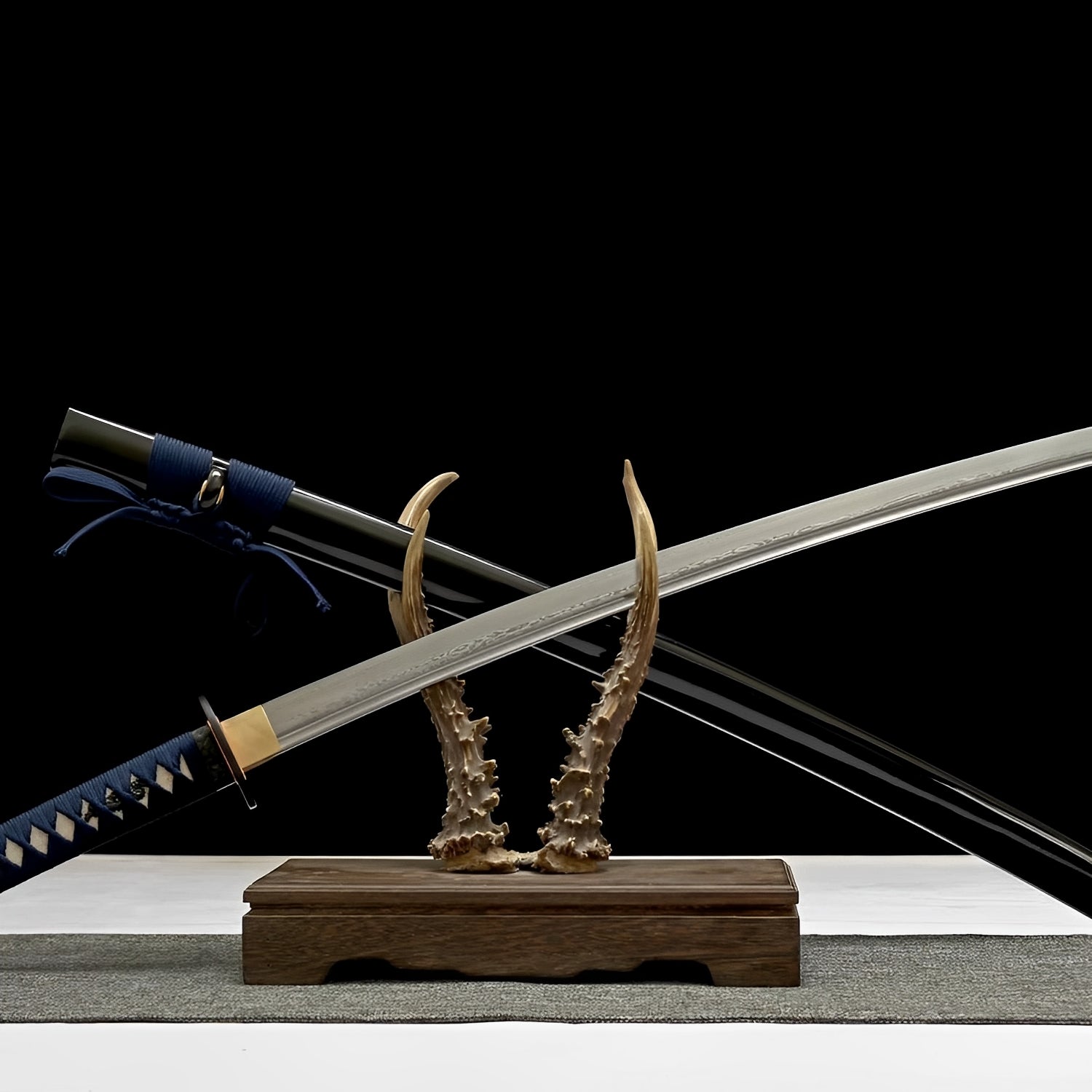
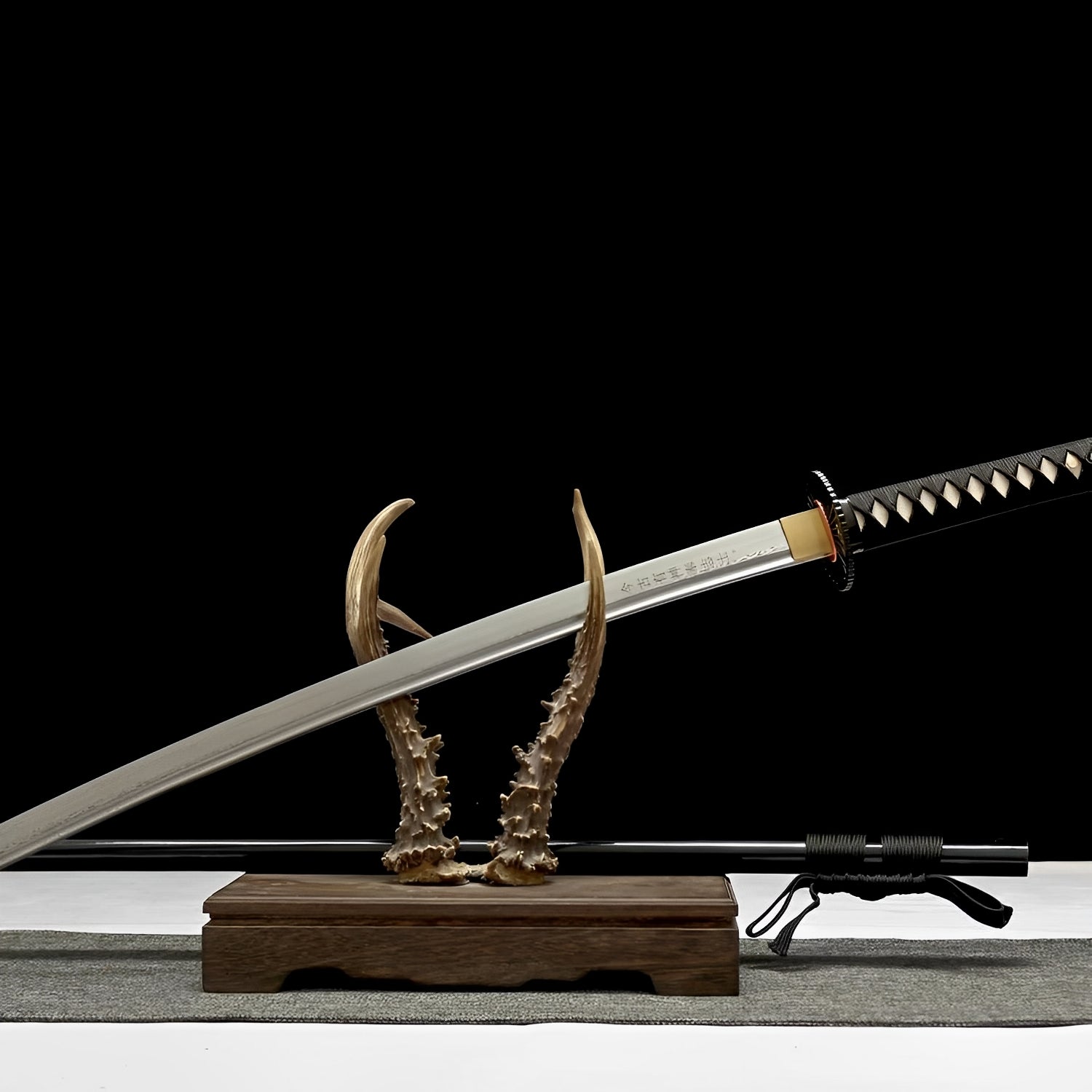

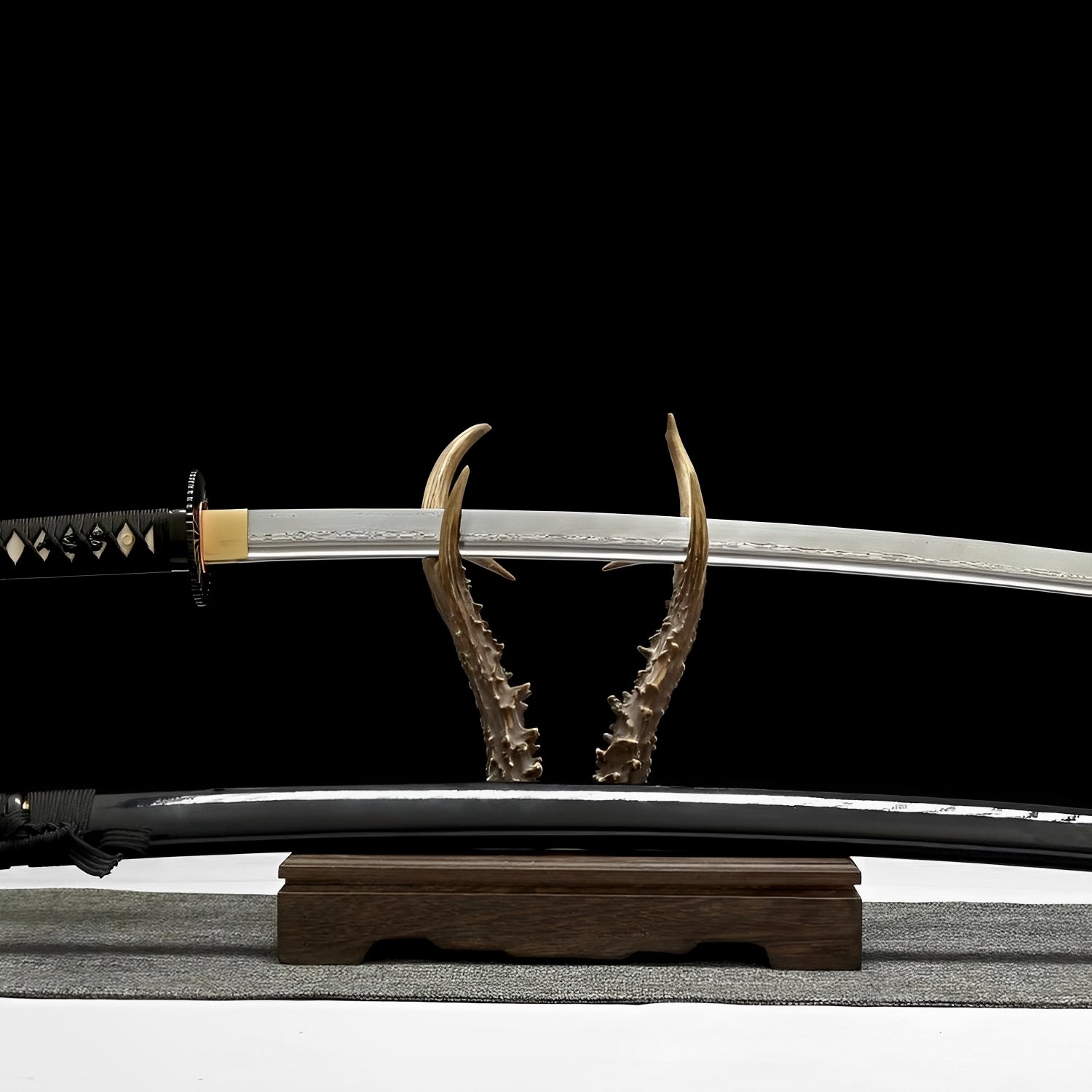
Kill Bill Katana - ダマスク

Note: Engraving placement and orientation may vary by blade model (hamon, geometry, and flat area).
Popular upgrades
Free Shipping over $250
No Bots, No AI
Refund Guaranteed
Free Shipping over $250
No Bots, No AI
Our team is here to help with any questions or concerns.
We’re always happy to assist you — don’t hesitate to reach out.

Kill Bill Katana - ダマスク
Specifications
- Handmade
- SHARP
- Blade: Damascus Steel
- Real Rayskin
- Full Tang
- SAGEO & ITO in PU Leather
- Full silk in the handle
- Iron Tsuba
- Total size: 105cm / 41 (in)
- Blade size: 72cm / 28 (in)
- Blade width: 3,2cm / 1.2 (in)
- Blade thickness: 0,7cm / 0.27 (in)
- Handle size: 30cm / 11.8 (in)
Kill Bill Katana - Hattori Hanzo Revenge Masterpiece
Pursue vengeance with Hattori Hanzo's Katana, blade forged by legend for one woman's roaring rampage. This cinematic Kill Bill sword transcends film props - visible hamon proving authentic forging philosophy, engraved characters declaring blade's purpose, stark black suggesting widow's mourning transformed into weapon, the entire piece embodying Tarantino's thesis that revenge served cold cuts deepest, asking whether you'll spend lifetime preparing perfect strike or waste energy on rage achieving nothing but your own corruption.
Greatest Swordsmith Legend
The Hattori Hanzo legend within Kill Bill creates fascinating mythology: legendary swordsmith who swore never making another sword after realizing his creations caused too much bloodshed, breaking retirement only when convinced The Bride's revenge serves justice rather than mere violence. This reluctant master blade embodies philosophy that greatest craftsmen don't mass-produce but create singular works for worthy causes, that retirement isn't laziness but wisdom, that breaking sacred vow must require purpose justifying compromise.
Bill's line captures it perfectly: "Hattori Hanzo...that's the greatest swordsmith who ever lived." Not merely skilled but greatest, the hyperbole establishing that Bride wields not just sword but THE sword, that her revenge quest carries weight of legend, that facing her means facing centuries of accumulated swordsmithing knowledge concentrated into single perfect blade. The singular legend weapon proves that in Tarantino's universe, style and substance merge through craftsmanship elevating violence into art.
The film specifically shows Hanzo's process - selecting steel carefully, forging methodically, the work taking time because rushing perfection creates mediocrity. That montage teaches crucial lesson about preparation: Bride doesn't grab random sword and charge forward; she acquires perfect tool from perfect craftsman, understanding that revenge rushed fails while revenge prepared succeeds. The patient revenge blade becomes meditation on why preparation matters more than rage.
Real Hattori Hanzo existed (16th century ninja/samurai serving Tokugawa shogunate), but Tarantino transformed historical figure into legendary swordsmith, the fabrication itself becoming commentary on how legends build through exaggeration, how reputation sometimes matters more than reality, how belief in tool's perfection can create psychological advantage before combat even begins.
Cinema collectors recognize Kill Bill katana as transcending prop status - it became cultural icon, the sword everyone pictures when thinking "samurai movie revenge," the blade defining early 2000s action cinema aesthetic, proving that fictional weapons can achieve fame rivaling historical artifacts when film resonates culturally.
Visible Hamon Authentication
The clearly visible hamon (temper line) creates this blade's most significant feature - unlike cheap props painting fake hamon, quality Kill Bill replicas achieve actual differential hardening or sophisticated effects mimicking genuine technique, that commitment to authenticity honoring film's own reverence for Japanese sword culture. This authentic homage blade proves Western filmmakers and craftsmen can respect Eastern traditions while adapting them for new narratives.
Tarantino specifically researched Japanese sword culture extensively, hiring actual martial arts choreographers, studying samurai films obsessively, understanding that audiences would notice if weapons looked wrong. That dedication to authenticity within hyper-stylized violence creates interesting paradox: the fights are unrealistic (single woman defeating hundreds), but swords must look real for fantasy working. The stylized authenticity weapon navigates that tension successfully.
The hamon's visibility also serves narrative function - this isn't anonymous mass-produced blade but crafted individual weapon, the temper line proving Hanzo actually forged it traditionally rather than stamping out generic sword, the visual confirmation that Bride carries promised "best sword in world" rather than being deceived by old man's reputation.
Traditional Japanese bladesmithing emphasizes that hamon reveals forging quality - skilled smiths create beautiful patterns through clay application and heating control, amateur work shows irregular or absent hamon. By featuring visible hamon prominently, the blade announces itself as representing craft mastery rather than cheap imitation, proving that respecting source culture enriches rather than appropriates.
Engraved Purpose Declaration
The characters visible on blade create Kill Bill's most iconic element - the inscription (likely reading something powerful given Hanzo's character, possibly relating to justice or purpose). That text transforms sword from mere tool into declaration, from weapon into manifesto, each strike literally carrying written purpose. This inscribed mission blade proves that revenge requires clarity about why you fight, that vengeance without principle becomes mere violence, that righteous anger must justify itself through explicit statement.
The specific choice inscribing blade rather than saya demonstrates permanence - handle wrappings change, scabbards replace, but blade lasts forever, the inscription therefore committing to revenge's purpose permanently rather than temporarily. That permanence forces The Bride acknowledging: this isn't impulsive rage but carefully considered justice, this isn't temporary anger but eternal commitment, this blade will carry your purpose until death claims either you or your targets.
Traditional Japanese swords occasionally featured inscriptions (horimono) - Buddhist prayers, maker's signatures, owner's names, dedications. The Kill Bill blade continues that tradition while adapting it: where historical inscriptions sought spiritual protection, this inscription declares earthly purpose, the shift from defensive magic to offensive declaration mirroring Western versus Eastern philosophical approaches to conflict.
The written vengeance weapon also creates interesting legal/ethical question Tarantino loves exploring: if blade literally declares its purpose, does that make wielder more or less accountable? The inscription eliminates plausible deniability - you can't claim accidentally killing someone with sword explicitly forged for revenge, the written purpose making premeditation undeniable, the blade becoming evidence of intent.
Black Widow Mourning
The stark black aesthetic creates Kill Bill's visual signature - The Bride wears black tracksuit, carries black sword, embodies widow archetype, the monochrome declaring "I am death incarnate, I am mourning made manifest, I am grief with blade." This weaponized mourning sword channels that specific psychology where loss transforms into purpose, where grief becomes motivation, where widow's black becomes warrior's uniform.
Unlike luxury black (#17 Full Black) suggesting sophistication or void black (#34 Sekiro Death Blade) suggesting philosophical ending, this black specifically means widow - the woman whose wedding became massacre, whose happiness was murdered, whose life was stolen, who now wears black not as fashion but as identity. The widow identity blade makes black personal rather than abstract, emotional rather than aesthetic.
Traditional Japanese widows wore black during mourning periods, the color signifying loss and transitional status between married woman and whatever comes next. The Bride never completes that transition - she remains frozen in widow state, her mourning never ending because she refuses accepting loss, instead transforming grief into revenge quest maintaining her connection to murdered past rather than moving into uncertain future.
The simplicity specifically matters - no decoration beyond necessary elements, no ornamentation distracting from function, the aesthetic reduction mirroring The Bride's psychological reduction to single purpose. Everything unnecessary to revenge gets stripped away, life becoming purely about mission, the black blade symbolizing that focused dedication eliminating everything colorful, everything joyful, everything non-essential to vengeance.
Pop Culture Phenomenon Collection
This cinema icon piece serves collectors who appreciate films achieving cultural impact transcending their medium, who recognize Kill Bill changed action cinema, who understand Tarantino positioned himself as bridge between Eastern martial arts tradition and Western revenge narratives, creating hybrid that resonated globally.
The Kill Bill sword specifically became shorthand for "badass female revenge" - when people want referencing capable woman pursuing justice violently, they invoke Bride and her Hanzo blade, the weapon becoming symbol for specific archetype Tarantino popularized (though not invented - echoing Lady Snowblood, female samurai films, etc.).
Investment value particularly favors pieces from films achieving classic status - Kill Bill consistently appears on "best action movies" lists, influenced entire generation of filmmakers, remains culturally relevant 20+ years after release. That longevity ensures sustained collectible demand, the sword maintaining recognition even among people who haven't seen films.
Display contexts welcome positioning near other Tarantino memorabilia, martial arts film posters, or standalone as conversation piece about cinema's relationship with weapons. Unlike character-specific gaming/anime swords requiring explaining source material, Kill Bill katana recognition spans demographics - film buffs, martial arts enthusiasts, general audiences all recognize yellow tracksuit and Hanzo blade instantly.
The crossover appeal blade particularly attracts collectors who don't typically engage with anime/gaming fandoms but appreciate cinema history, who want katana representing Western filmmaking engaging with Japanese culture, who value pieces existing at intersection of multiple interests rather than serving single niche.
Care Instructions: Maintain this cinema legend understanding it represents specific moment when Western filmmaker treated Japanese sword culture with reverence while adapting it for American revenge narrative. The hamon line (if authentic differential hardening) requires specialist care - consult experts before applying any substances potentially damaging temper. The black finish needs protection from scratches showing readily against monochrome surface. The engraved characters deserve gentle cleaning preserving depth without abrading details. Polish brass fittings maintaining their subtle accent against overwhelming black. Handle knowing this represents Tarantino's love letter to martial arts cinema, his thesis that revenge narratives can achieve art status through perfect style execution, his belief that violence becomes meaningful when choreographed with beauty, when motivated by clear purpose, when executed by character we understand deeply. Display where it prompts discussions about cultural adaptation versus appropriation, about when borrowing becomes tribute, about whether Western filmmaker can honorably engage Eastern traditions. The blade teaches: preparation beats rage, focus beats anger, style matters when substance supports it, revenge served cold cuts deepest because patience allows perfecting your strike.
Revenge is a dish best served cold. The Bride remembers. Hattori Hanzo forged. God will be cut.
Legal Disclaimer
By purchasing from Katana Corp, you acknowledge and agree that:
- You are at least 18 years of age (or the age of majority in your jurisdiction).
- You are solely responsible for verifying and complying with all local laws and import regulations before placing an order.
- Some countries prohibit the importation of swords entirely. Katana Corp is not responsible for orders delayed, seized, or refused by customs authorities.
- All katanas and related products are sold strictly as decorative and display items. They are not intended or certified for combat use.
- Depending on the jurisdiction, swords may legally be considered bladed weapons, subject to specific restrictions or prohibitions.
- Katana Corp disclaims all liability for any injury, damage, or legal consequences resulting from misuse, abuse, or unlawful use of its products.
For full details, please refer to our Terms of Service.
Care & Maintenance
To maintain your katana's appearance and performance over time, we recommend:
- Regularly wiping the blade with a soft cloth to remove fingerprints and moisture.
- Applying a light coat of choji oil to prevent rust (for carbon steel blades).
- Storing the sword in a dry place, preferably inside its saya.
- Avoiding direct contact with hard surfaces to preserve sharpness and finish.
For more care tips, check our full maintenance guide in the FAQ section.
Behind the Blade
Every katana we offer carries the essence of centuries-old craftsmanship.
More than just a weapon, the katana symbolizes discipline, honor, and mastery.
Our artisans draw inspiration from traditional forging methods to ensure each blade reflects the spirit of the samurai — strength, precision, and soul.
Owning one is not just about aesthetics — it’s about carrying a piece of that legacy.
User Experience
This katana is designed to offer a perfect balance between blade and handle.
Its ergonomic tsuka (handle) allows a secure two-handed grip, while the weight distribution ensures smooth, fluid movement.
Whether for training, display or cutting practice, handling feels natural and precise.
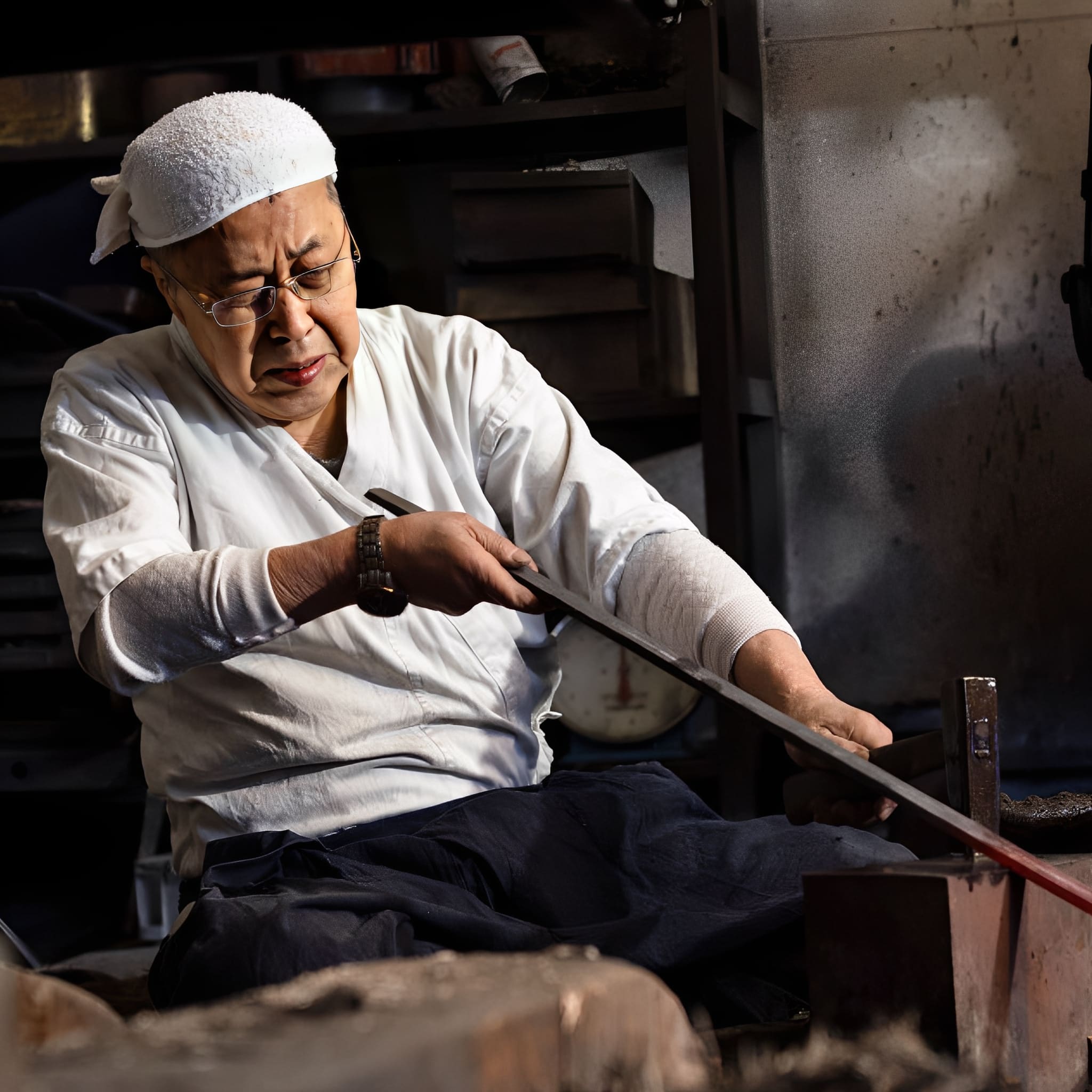
The Art of Traditional Forging
Each katana we craft is born from centuries of samurai tradition.
Our master smiths shape every blade by hand, folding the steel to achieve unmatched strength, flexibility, and beauty.
This time-honored process is not just about creating a weapon? it’s about preserving a legacy of discipline, honor, and artistry.
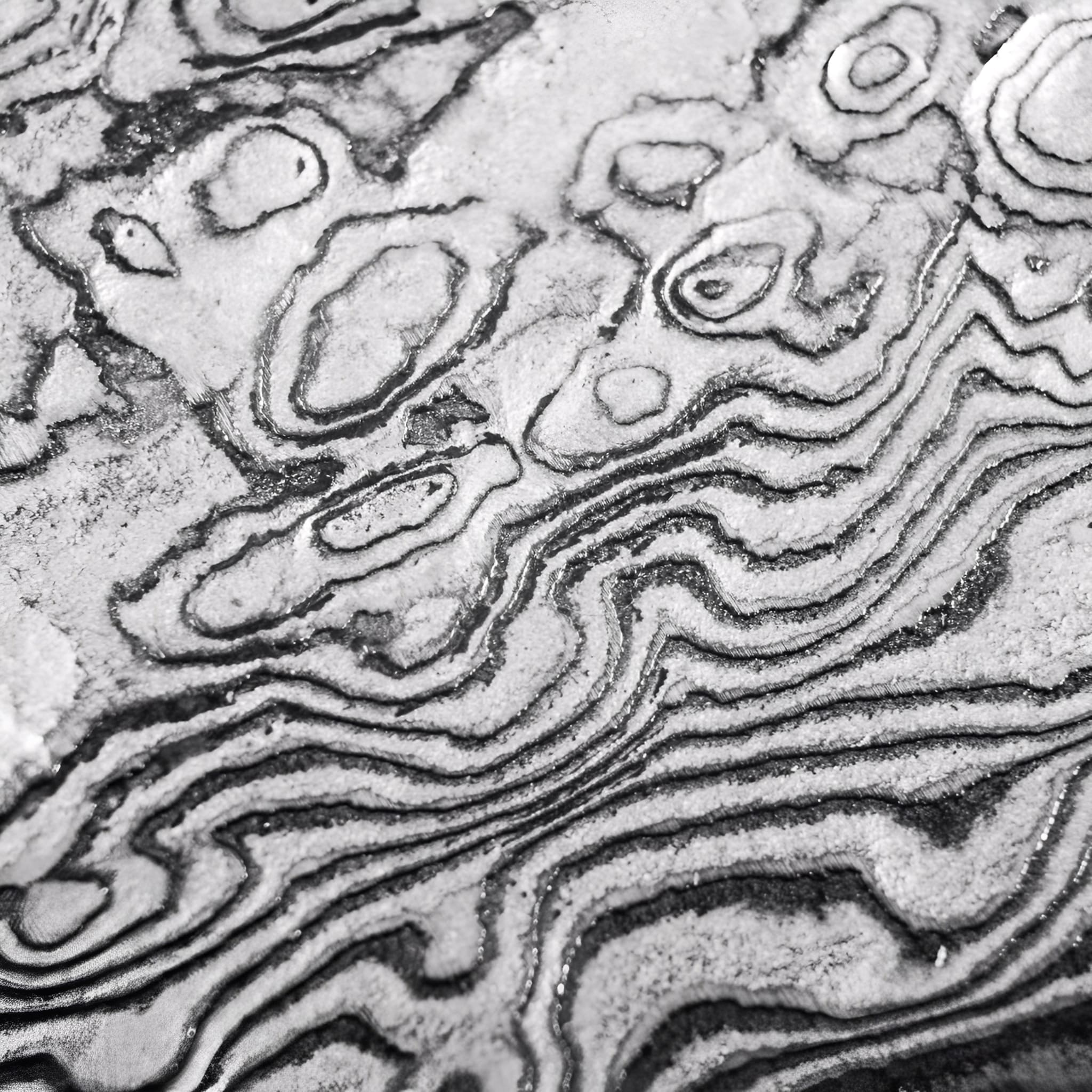
Materials Chosen Without Compromise
We select only the highest-grade steels and authentic fittings to ensure every katana is both a masterpiece and a reliable companion.
From the flawless hamon line to the perfectly balanced tang, each detail is carefully inspected to meet the highest standards of performance and aesthetics.
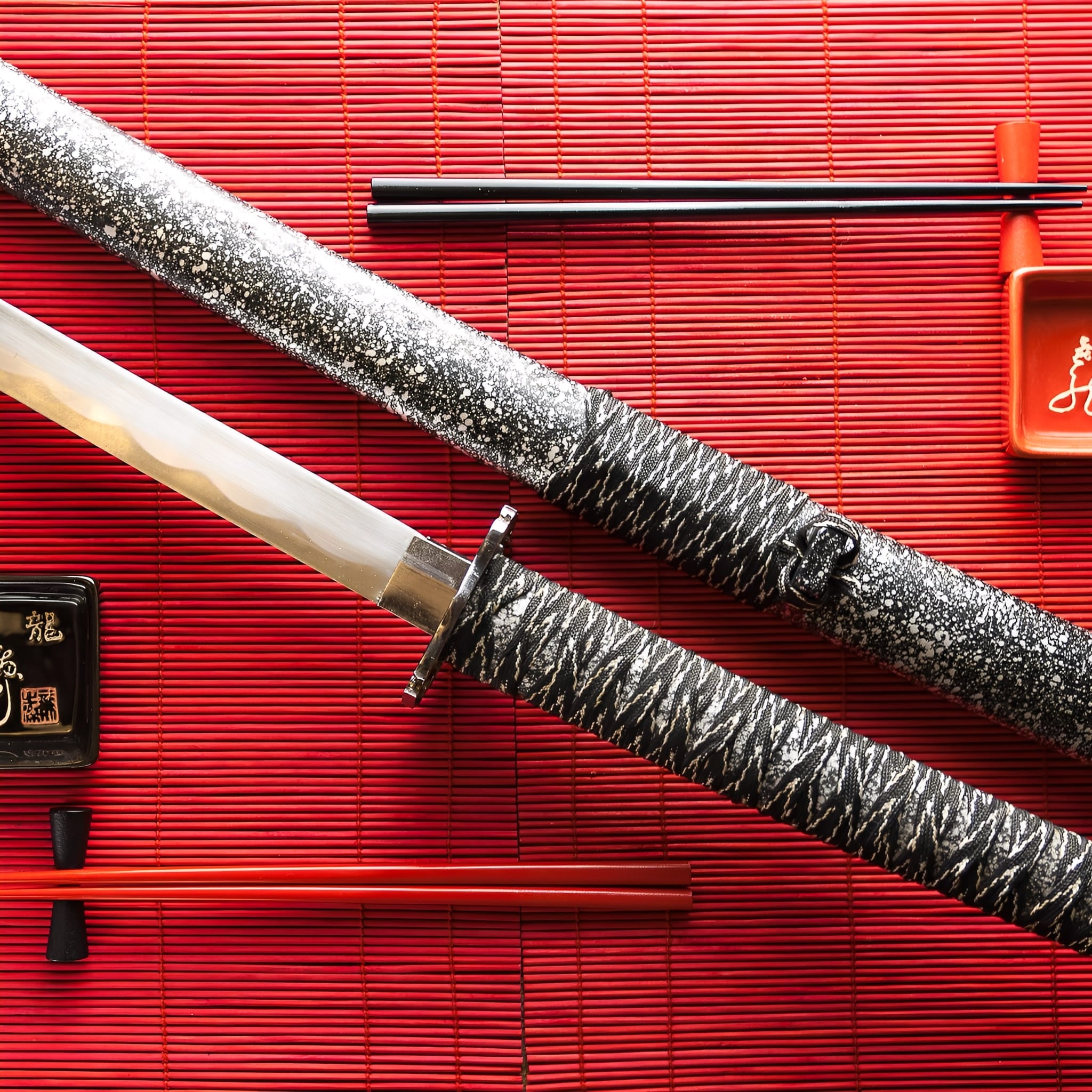
More Than a Sword, A Lifelong Legacy
Owning a handmade katana is an experience that goes beyond the blade itself. It’s holding history, tradition, and craftsmanship in your hands.
Whether displayed as a work of art or wielded with precision, your katana will stand as a symbol of timeless skill and dedication for generations to come.
-
Key Destinations
United States: 5–7 days
Canada: 5–7 days
Australia: 6–9 days
Denmark: 4–6 days
Netherlands: 3–5 days
Sweden: 4–6 days
Switzerland: 3–5 days
Finland: 5–7 days
Singapore: 6–8 days -
Central European Partners
France: 2–3 days
Germany: 3–5 days
Spain: 4–6 days
Italy: 4–6 days
Belgium: 3–5 days
Austria: 4–6 days
Ireland: 4–6 days
Poland: 4–6 days
Portugal: 4–6 days -
Extended EU Network
Czechia: 4–6 days
Hungary: 4–6 days
Slovakia: 4–6 days
Slovenia: 5–7 days
Romania: 5–7 days
Bulgaria: 5–7 days
Croatia: 5–7 days
Serbia: 5–7 days
Estonia: 5–7 days
Latvia: 5–7 days
Lithuania: 5–7 days
Luxembourg: 3–5 days
Greece: 5–8 days -
FAQ’s
Visit our FAQs page to find answers to common questions.